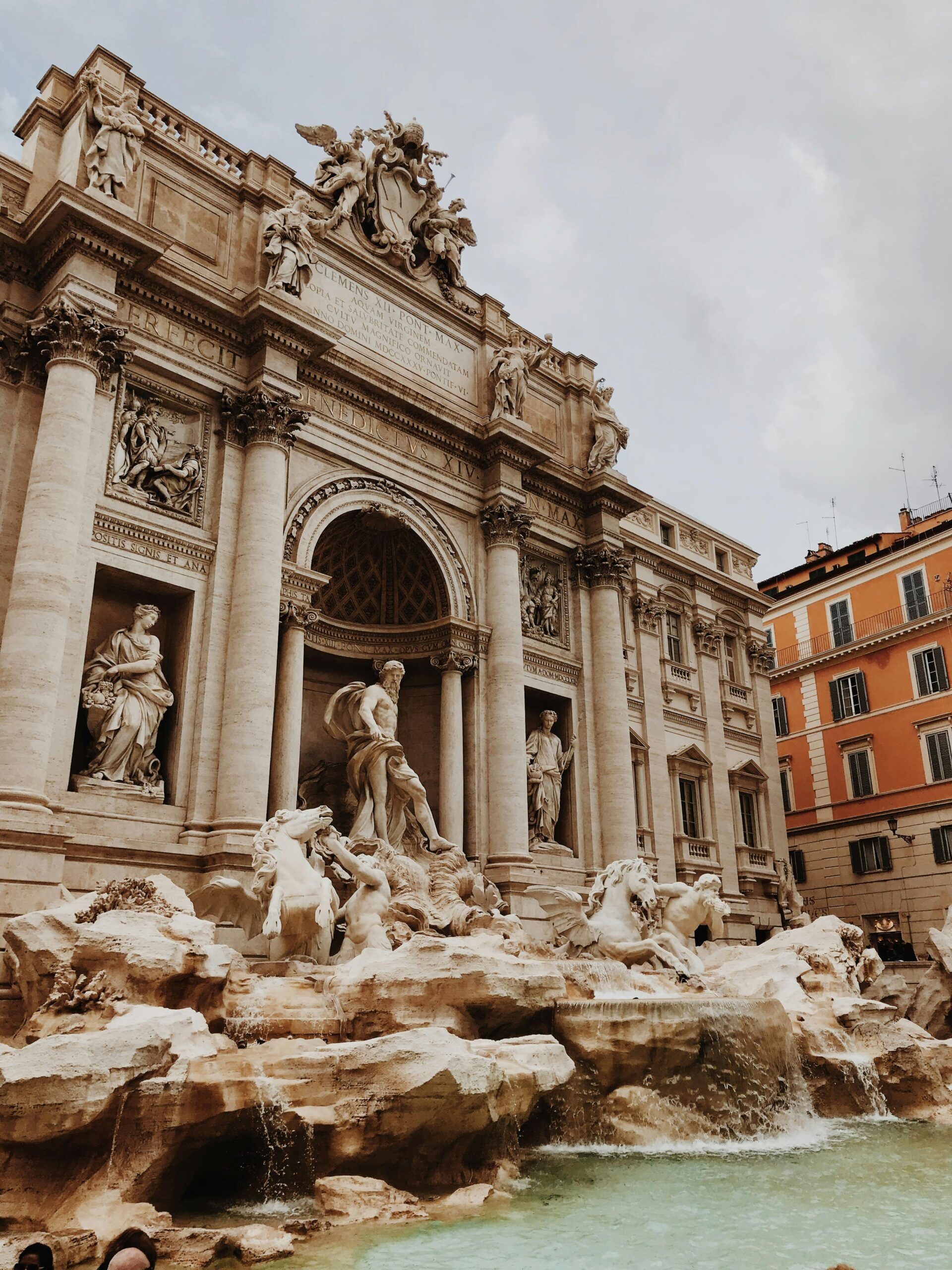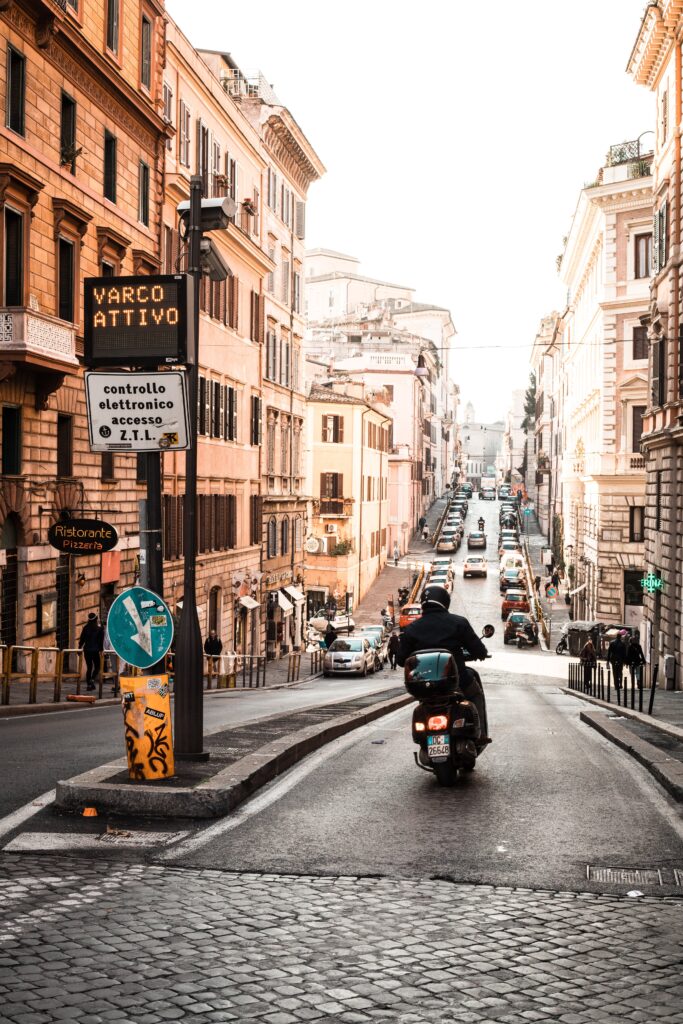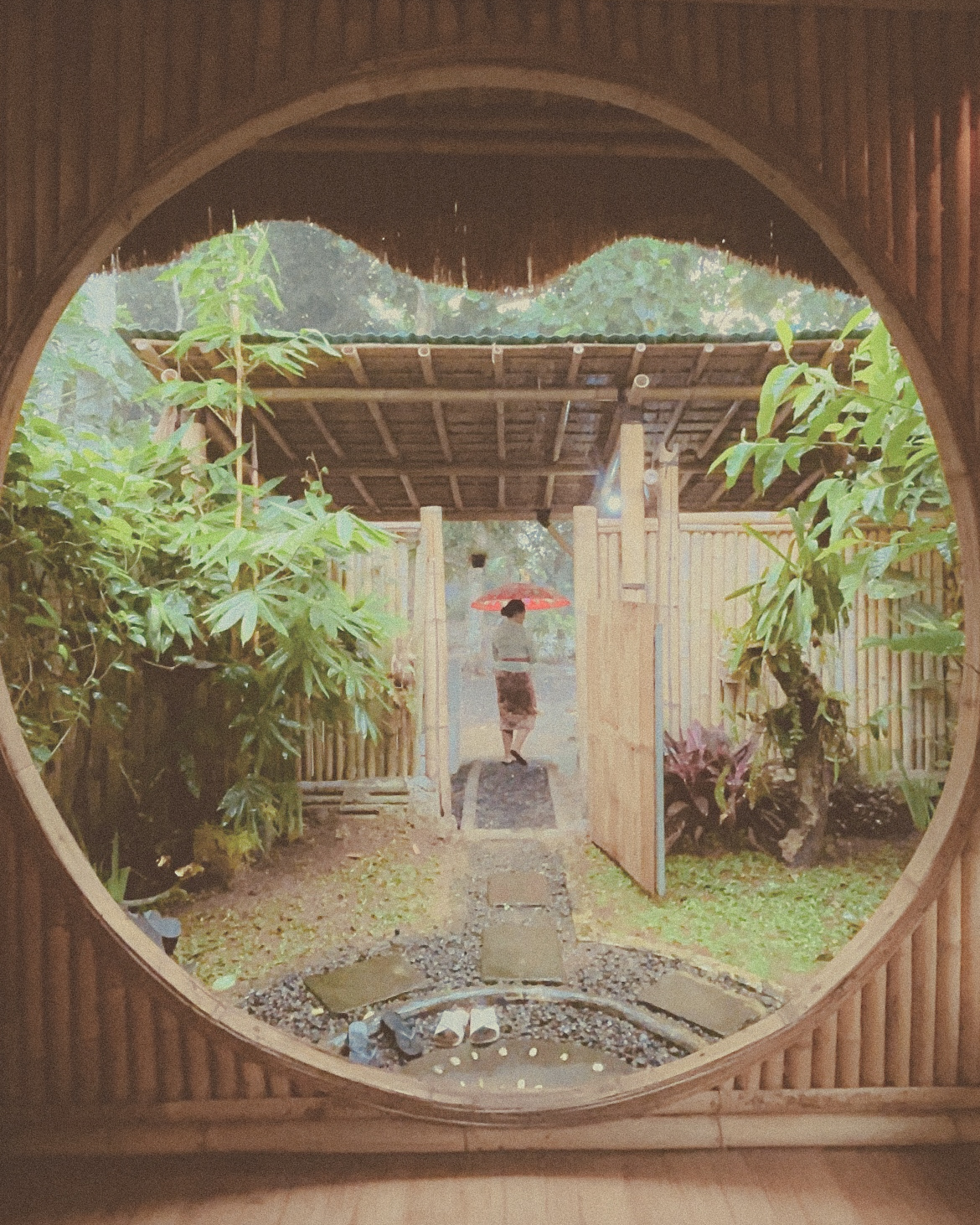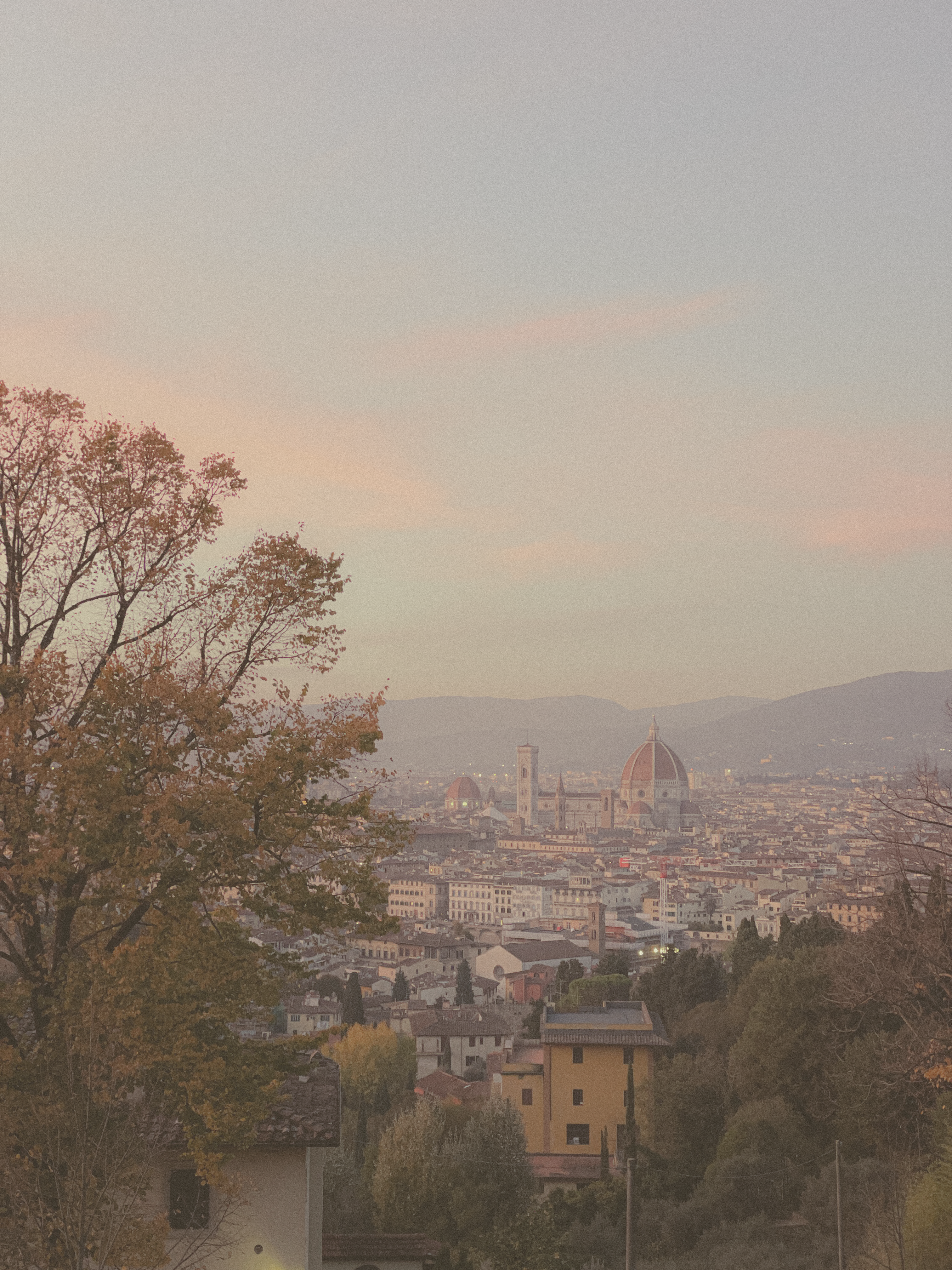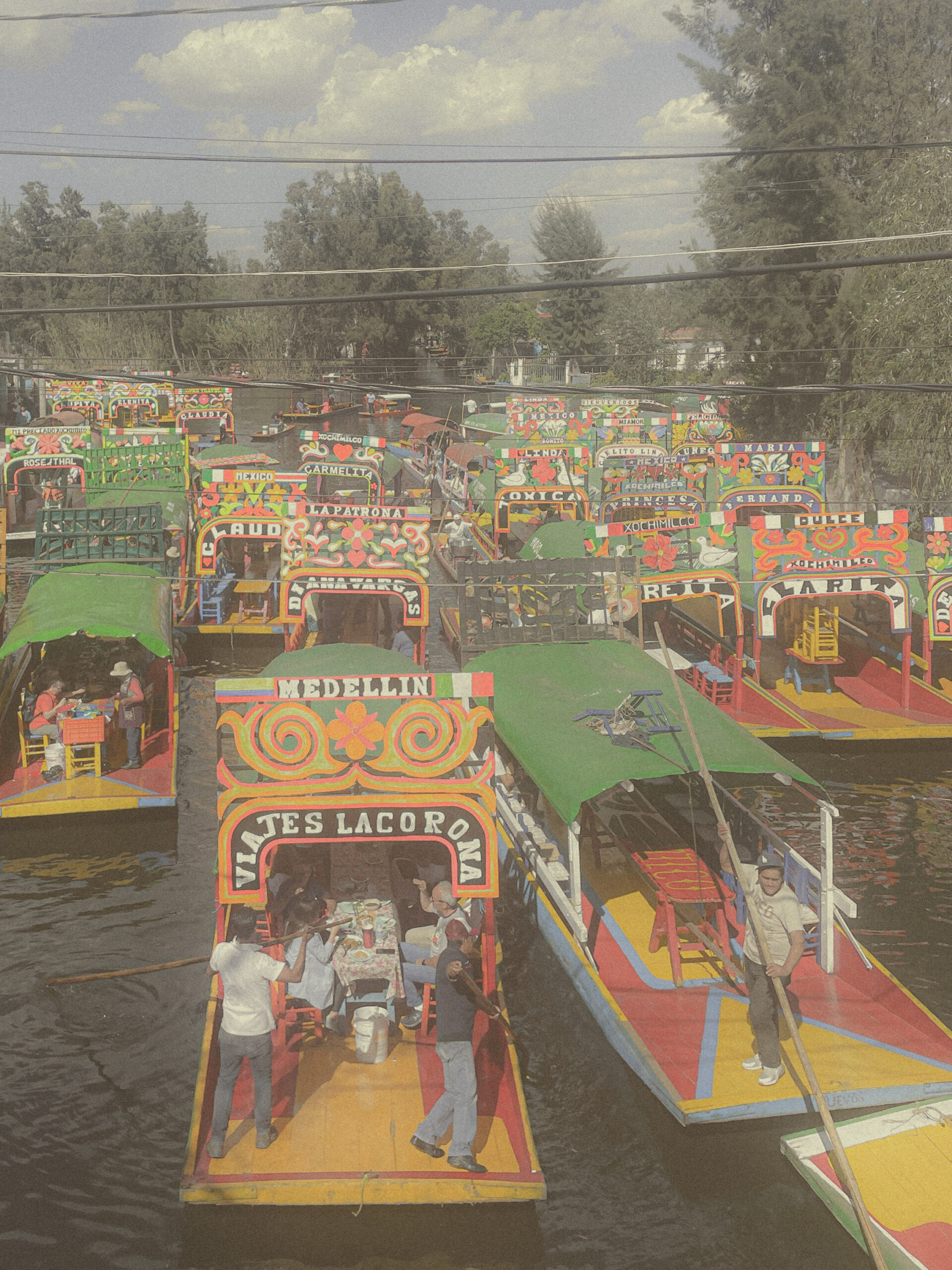So you’re headed to Italy! It’s going to be incredible, but as with any trip abroad, there are some things to know before going that will make your life easier when you’re there. These are the absolute essential travel tips for Italy.
After living in Florence, Italy for 5 years, I’ve learned which travel tips for Italy will actually help make your trip go a little more smoothly, and prepare you for the cultural differences that you will inevitably come across during your time traveling.
I hope these travel tips for Italy can help you enjoy your time exploring the Italian culture just a little bit easier, allowing you to connect deeper with the experiences you’re about to embark on.
If you haven’t already, be sure to read our packing guide to Italy to be sure you’ve covered all your bases.
General Travel Tips for Italy
Power Adaptors
While this might seem like the most obvious place to start when talking about travel tips for Italy, it’s something people often overlook in the lead-up to an exciting Italian getaway.
Let me tell you there’s nothing worse than going to plug in your dead phone after a long day of travel to realize you can’t because you forgot to pack adaptors.
In Italy (and the rest of the EU) they use C-plugs, but Italy also has some L-plugs, so it’s best to get universal adaptors that can work with whatever you find.
** Be sure your adaptor has a built-in voltage converter for things like hair dryers, straighteners, curling irons, etc. They’re a bit more pricey, but it saves you from having to buy a new curling iron mid-trip that you’ll only be able to use in Europe, and then have to buy another one when you return home.
Additionally, make sure you have enough adaptors for all of the electronics that you could be using (or charging) at once. You don’t want to have to compromise for a dead phone because you needed to use the adopter for blow drying your hair.
Phone data/sim cards for italy
Depending on how long you’re going to be in Italy, you have some different options for how to go about getting data or a sim card that will work in Italy.
If you’re thinking that you don’t need it, just remember that Google Maps works with data, so if you’re not getting data be sure to pack a map of the cities you’re going to because if there’s one thing guaranteed while you’re in Italy it’s that you’re going to get lost a time or two.
Option one: get an e-sim
If you’re going for less than a month to Italy, I would suggest getting an Esim from Airolo for your time in Italy.
It’s super easy to use, you don’t need to change out your sim card and you can do everything from your phone. If you choose a plan that has limited data, you will get a text when you are running low so you can re-up before you find yourself stranded with no internet.
Having an e-sim, rather than using your home provider will ensure you don’t come home to an outrageous phone bill with all sorts of hidden roaming charges.
You can use this code: GABBY5770 to get $3 of Airmoney on Airolo.
Option TWo: get an Italian sim from tim
If you’re going to be in Italy (or Europe in general) for over a month, first of all, yay that’s incredible!
Secondly, you’re going to want to head to a store called TIM, which is more or less the same as Verizon or AT&T, when you arrive to get signed up for an Italian pay-as-you-go SIM card.
Your first month should be around 30 euros for unlimited data and then around 10 euros for any months after. Be sure to bring your passport with you because you’ll need that for sign-up.
Money
Italy uses the Euro, but you don’t need to bring tons of euros with you. 99% of places including a lot of markets, take cards, and there are trustworthy ATMs all over the place.
Just be sure that you have a good bank card or credit card that doesn’t charge international fees. (Charles Schwab charges zero international fees and reimburses you for ATM withdrawal fees.
If you’re spending an extended period in Italy and will need to do bank transfers in Euros to IBAN accounts, don’t do expensive wire transfers. Today there are a couple of better ways to go about it for much less.
Revolut & Wise (Formerly Transferwise) are both neo-banking apps that let you transfer money globally for a tiny fee.
Getting Around
in the cities
Most of Italy doesn’t have Uber, I repeat NO UBER. The only exception is in Rome and Milan where they have Uber Black, so fancier cars that cost more.
To call a taxi you can download the app FREENOW, which works like Uber, but it’s for taxis.
Otherwise, each city will have its own taxi phone lines, your hotel or accommodation will know the numbers for the city, so be sure to note those down.
If you want to get around the city more sustainably, bike sharing is a great way to explore Italian cities. The most common in the country is RideMovi. They often have electric bikes and e-scooters as well.
Some of the bigger cities also have diverse public transport options, like trams and undergrounds. In general with the buses, always expect them to be running a little off schedule. Italians aren’t known for being punctual.
on the train
The best way to travel between cities is by train. They are fast, safe, and offer a great view of the Italian countryside between towns. However, there are some things to know before taking a train in Italy.
- If you’re traveling on a regional train (Florence to Pisa for example) then you will need to stamp your ticket in the little green boxes scattered around the train station BEFORE getting on your train. If you’re not sure if it’s a regional train, stamp it’s just to be safe because you’ll get a hefty fine if you don’t.
- Non-regional trains will assign you a seat in a specific train car. This information is found on your ticket. First, you’ll want to identify your “carrozza” which is what train car you’re in, then you’ll find your “posti” which is your seat.
- Your train number will be listed something like Treno 2945, this is the number you will use to look on the board to find what platform your train takes off from.
Other useful words to know in a train station:
- Partenze (departures)
- Arrivi (Arrivals)
- Binario (Platform)
- Ritardo (Delay)
- Destinazione (Shown on the board as the final destination of the train)
Cultural differences/things to know
Coffee Etiquette
Coffee is a huge part of the Italian culture, so needless to say there are a few travel tips for Italy that revolve around the world of espresso.
The first thing to know is that a coffee shop is called a “bar” in Italy, so when you see the sign saying “bar” that’s where you can find coffee.
The second thing to know is that you typically order and pay at the “cassa” or the cash register, they will give you your receipt which you take over to the bar (banca) and show it to the barista, or tell the barista what you’ve ordered.
For example, you would say un cappuccino e un cafe normale (espresso) per favore, if you’ve ordered a cappuccino and an espresso. The barista will then make your coffee and mark your receipt.
Now here’s where it gets tricky, if there is table service you cannot take your coffee and go sit down wherever you’d like. You drink it standing at the bar. If there is table service, then you don’t have to do any of the pervious mentioned bar situations and you just sit down and the waiter will come to take your order.
You will however be charged more for your drinks because it will include “coperto” which is the cover charge for the service, that being said in Italy you do not tip because of this.
Additionally, in Italian culture, cappuccino is a morning drink. They only have their cappuccinos before 11 and never with a meal. That being said, you can still order a cappuccino after 11, but it is a dead giveaway that you’re a tourist.
Lastly, if you order a latte you’re ordering a glass of milk, you need to specify that you want a “cafe latte” but it’s not a super common thing to drink in Italy.
Restaurants
In general, don’t go to restaurants that have servers standing outside to lure you in, those are typically tourist traps, the restaurants that are good don’t need to draw people in with handsome men.
You will not find salt and pepper on the table 99% of the time. Asking for it is considered rude to the chef, so just beware of the strange looks you’ll get if you ask for it.
It is considered a cardinal sin in Italy to put cheese on fish, including fish pasta dishes. Don’t be surprised if your waiter flat-out says no if you ask for parmesan for your lobster linguini.
Your bill will not come until you ask for it, and if they aren’t coming back to get your card/cash, it’s most likely because you pay at the cassa.
Occasionally when the table is reserved at a later time, for example you go to a restaurant at 7pm (when most are open for dinner service) but they have an 8:30 reservation, the wait staff will tell you this upfront so you know that you have to be finished before 8:30. Other than those instances you will never be rushed to leave your table.
Coperto is the cover charge and is normally around 2 euro per person. Sometimes you have to pay for the bread but this is more prominent at tourist trap types of places.
Tipping is only done if you absolutely loved everything and it was the best experience you ever had, otherwise, the tip is included with the service charge.
Aperitivo
One of the best things about Italian culture is Aperitivo and any list of travel tips for Italy that leave apertivio off would automatically be incomplete in my book. It’s an absolute must-do while in Italy.
Now you might be wondering, ok but what it is?
An Italian aperitivo is a social ritual that takes place at the end of the work day. It’s essentially Italy’s version of happy hour, but with a few unique characteristics:
Purpose: The aperitivo is designed to “aperto”, i.e. open, the stomach before dinner, preparing you for the meal ahead- but It’s more of a time for relaxation and socializing embracing the Italian way of Il Dolce Far Niente.
Drinks: Traditional drinks served during aperitivo include Aperol Spritz, Campari, Prosecco, and other light alcoholic beverages. The idea is to have something refreshing and not too high in alcohol content, you shouldn’t be getting drunk, but rather enjoying a nice refreshing drink with good company.
Food: Unlike some happy hours, the focus isn’t just on the drinks. Aperitivo is also about the food, which typically includes a variety of light snacks. This can range from olives, nuts, and chips to small sandwiches, cheeses, and even small portions of pasta or pizza in some places. Each region does it a little differently with food, but you can always expect some sort of snack.
Timeframe: It usually starts around 6 PM and can last until 8 PM. The duration is not fixed and can vary based on the establishment and the region.
When traveling it’s the perfect break from the rush of sightseeing. It’s a great time to relax and take in everything you’ve experienced.
Sightseeing
If you didn’t know, Italy is an extremely popular destination, so as you can imagine the lines for the top attractions are INSANE. It’s best to book your tickets in advance or sign up for skip-the-line tours where you pay a little extra but you don’t spend half your day waiting in line.
For the public attractions, like the Trevi Fountain in Rome, if you want to see it without the crowds consider going VERY early in the morning or stopping there in the evening after dinner.
The Language
You’d probably be surprised to find out that Italian isn’t the only language spoken in Italy. If you are headed to the north of Italy in the region called South Tyrol be prepared to hear German instead of Italian.
Other than that, the dialects around the country change but the language is Italian. While you’re in the tourist areas you’ll be able to get by with English for the most part, if you head off the beaten path, even just a little, don’t expect people to know English. Even the younger generations sometimes don’t know English.
Even if you plan on staying on the beaten path, it’s good to know some basic phrases, like “prendo un cafe per favore” I will have a coffee please” or “Dove il bagno?” Where is the bathroom? Consider doing a few lessons on the app Babbel to prepare yourself before going to Italy.
You can use this link to get 3 months free on the app. You’ll be happy you can understand and communicate a little bit with the locals, and you’ll find that people are much more friendly when you give a little effort, even if you’re butchering it.
all in all
Enjoy yourself! Italy is a wonderful country to visit with so much to offer. Enjoy every moment and eat all the gelato you can, no need to feel guilty because you’ll be walking it all off anyway!
If I missed something or you have a specific question about Italy, drop a comment below., I will get back to you personally,!

